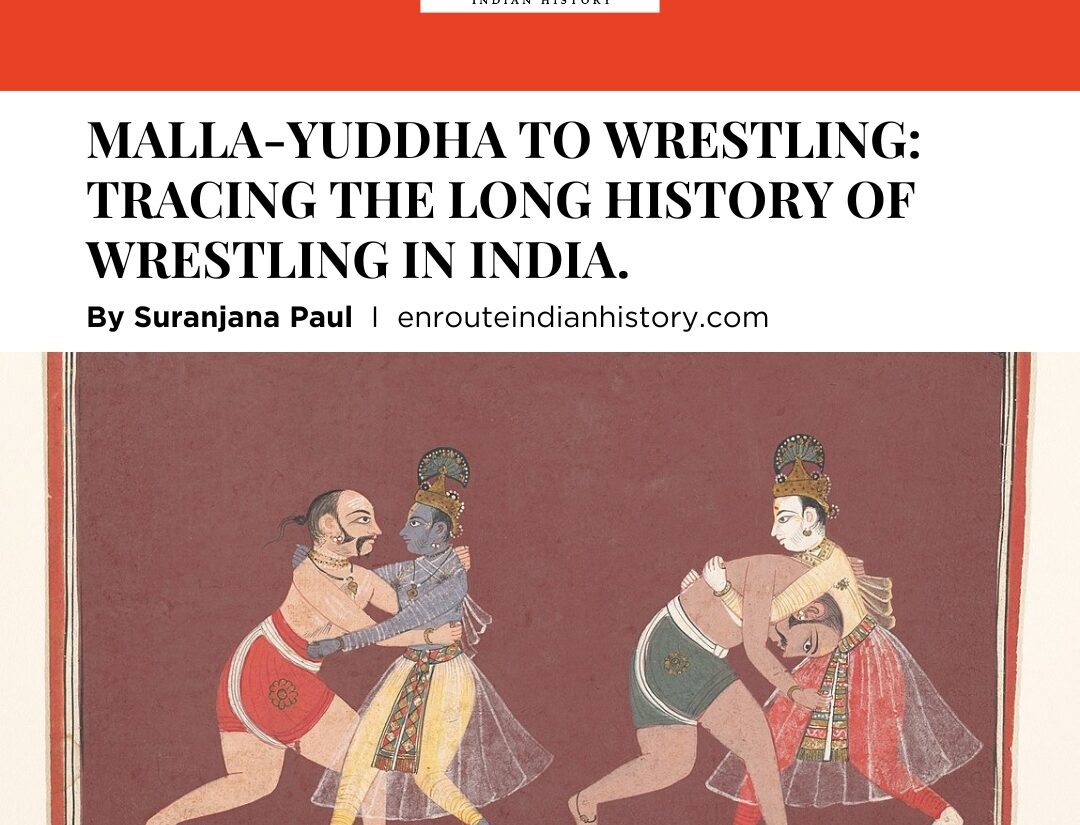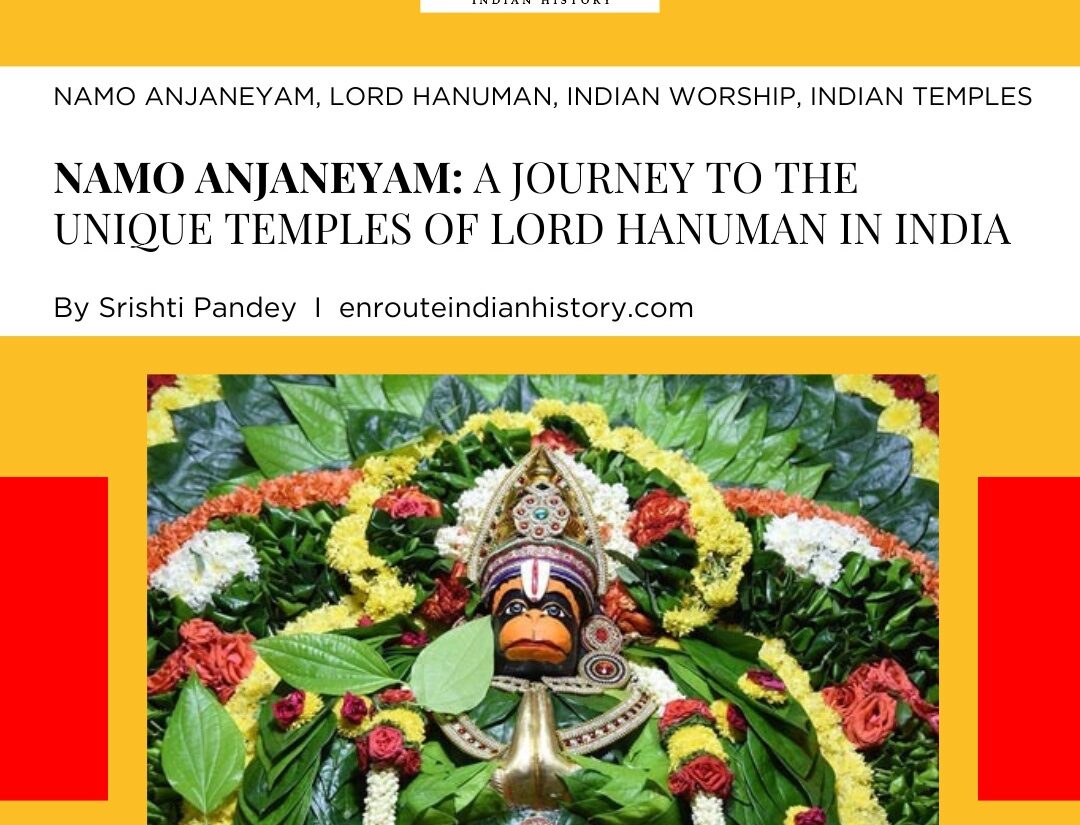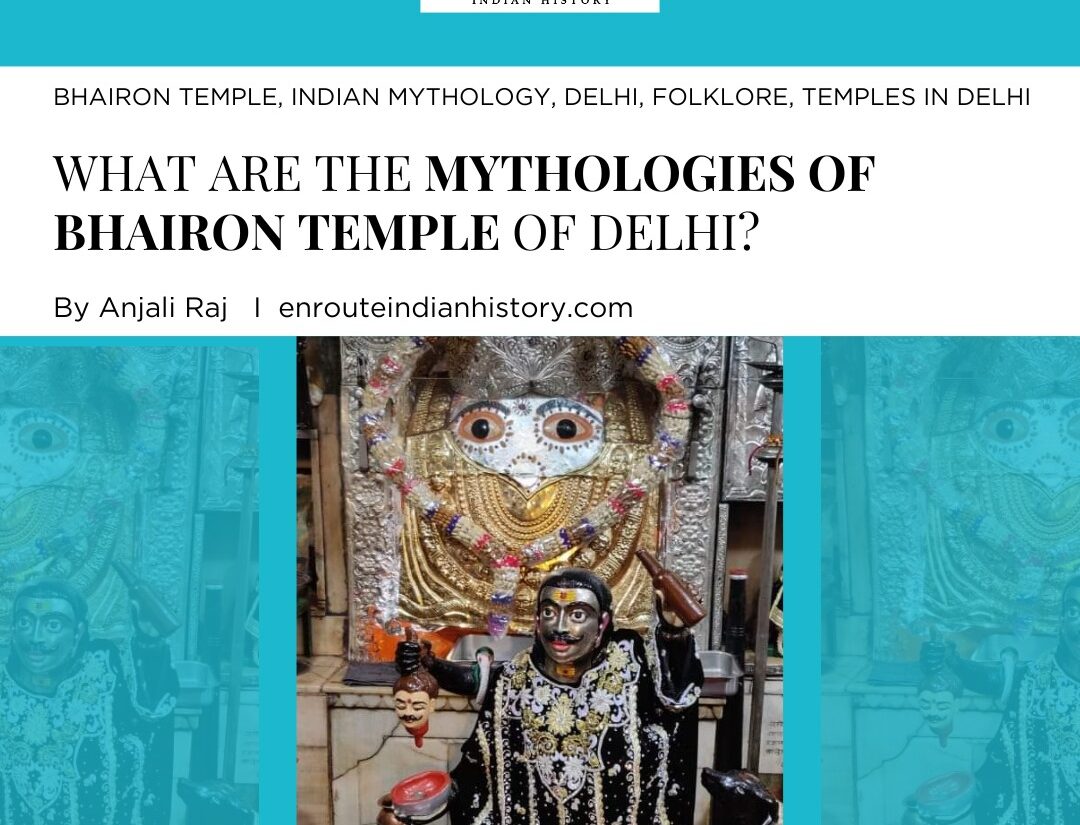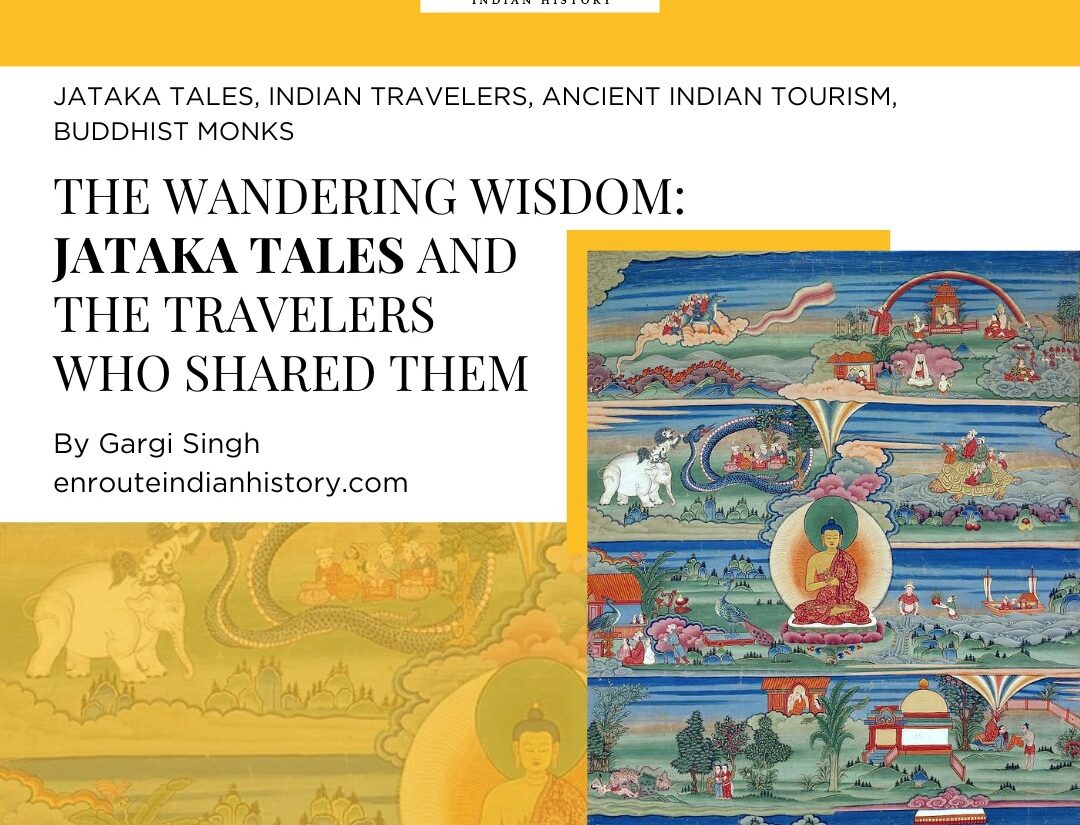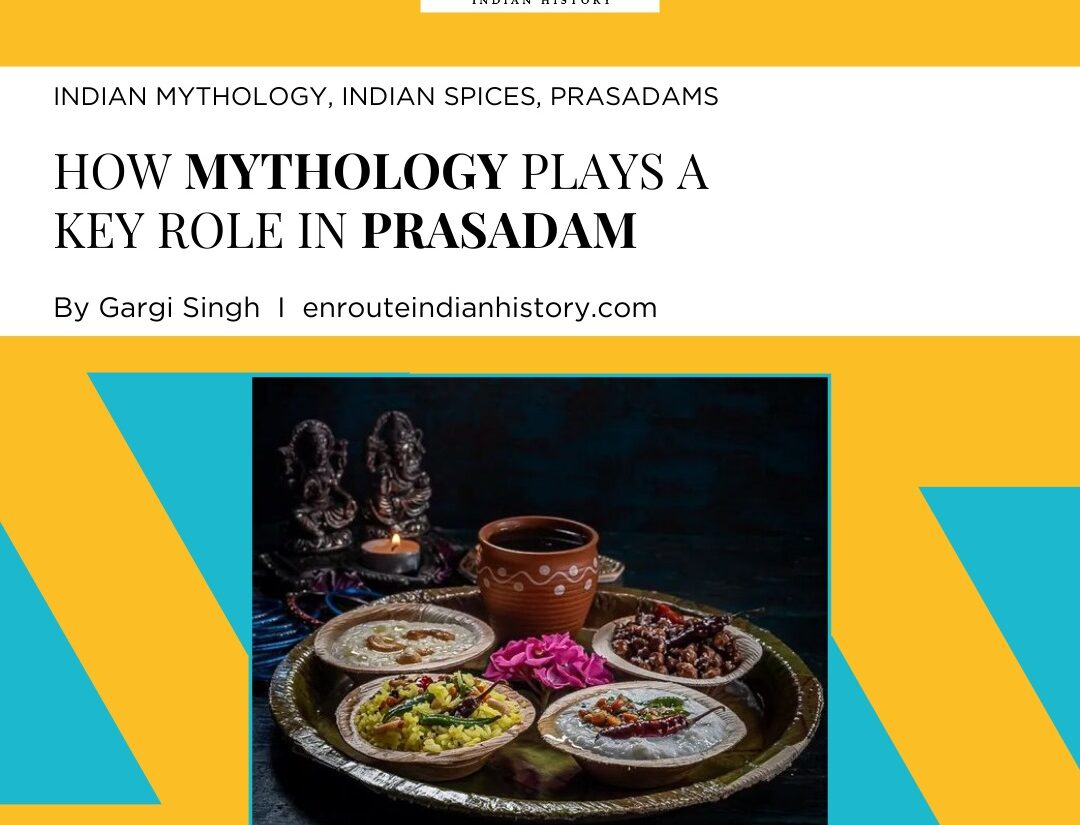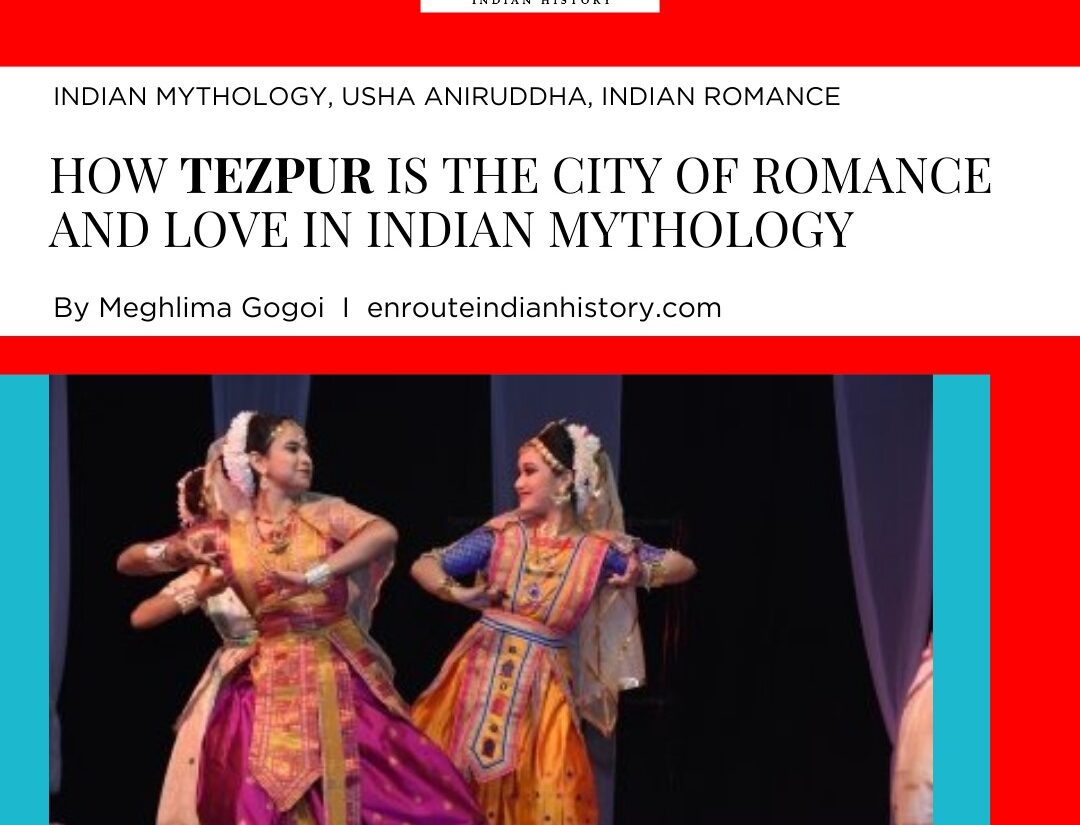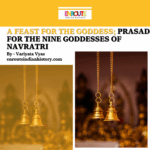Lord Krishna, the 8th incarnation of Vishnu, is a prominent deity in Hinduism and is considered one of the most revered and beloved figures in Indian mythology and spirituality. Krishna‘s character is rich in symbolism and meaning, and he is regarded as a source of inspiration for millions of people seeking spiritual growth, love, and enlightenment within the framework of Hindu mythology. He is depicted with a flute in his hand and a peacock feather on his head. Krishna’s flute serves not just an aesthetic or romantic purpose but holds immense spiritual symbolism when delved into its purpose.
barhāpīḍaṁ naṭa-vara-vapuḥ karṇayoḥ karṇikāraṁ
bibhrad vāsaḥ kanaka-kapiśaṁ vaijayantīṁ ca mālām
randhrān veṇor adhara-sudhayāpūrayan gopa-vṛndair
vṛndāraṇyaṁ sva-pada-ramaṇaṁ prāviśad gīta-kīrtiḥ
“Wearing a peacock-feather ornament upon His head, blue karṇikāra flowers on His ears, a yellow garment as brilliant as gold, and the Vaijayantī garland, Lord Kṛṣṇa exhibited His transcendental form as the greatest of dancers as He entered the forest of Vṛndāvana, beautifying it with the marks of His footprints. He filled the holes of His flute with the nectar of His lips, and the cowherd boys sang His glories.’’

(Krishna Playing the Flute, 1810-20 CE, Kangra School of Art, National Museum, New Delhi)
While excerpts in Srimad Bhagavatam describe that Krishna learned the flute by himself. Other texts like Brahma Samhita narrate that the flute was given to Krishna by Lord Shiva and Goddess Saraswati and Shiva even taught Krishna how to play it.
In the book, Krishnahnika Kaumudi, Sri Kavi Karnapura explains the sweetness of Krishna’s flute song in the following essential verses (3.37–39)
“As soon as they heard the flute, mute entities became vocal and vocal entities became silent. The waves of the water froze their movement and immobile objects became active. Hard objects melted. The flute made all objects attain opposite qualities. In this way, the world reacted when Krishna placed the flute on his lips. All the trees had their leaves standing on end. The birds’ wings, soaked in tears, were trembling. The animals’ jaws became paralyzed, stopping them from chewing. The mountains were covered with perspiration. The Yamuna River stopped flowing. Who can understand the nature of these objects?’’
In the Brahma Samhita, it is explained that Lord Krishna possesses various flutes, each designed for specific purposes. There are three distinct types of flutes utilized by Krishna:
Venu: This flute is quite diminutive, measuring no more than six inches in length and featuring six holes for producing melodies. When Krishna plays the Venu, a remarkable phenomenon occurs – all four Vedas present themselves before Him, drawn by the divine vibrations emitted by the sound of the Venu. This sound is also known as “VENU NAATHAM.” Krishna chooses to play the Venu on Ekadasi days, intending to provide spiritual strength to saints and sages through the resonant vibrations of this unique flute. The soundwaves produced by the Venu are regarded as equivalent to the nectar of immortality, Amrutham. On Ekadasi, only those sages who are devoutly worshipping Krishna have the privilege of hearing the rhythmic melodies of the Venu in the air. This phenomenon is referred to as “KRISHNADHWANI,” which translates to the voice of Krishna.
Murali: The Murali flute measures approximately eighteen inches in length, featuring a hole at the end and four additional holes along its body, which collectively produce an exceptionally enchanting melody. Krishna is also known by the name “Muralidhar,” signifying “one who holds the flute.” Another of Krishna‘s names is “MURARI,” where “Mura” refers to a demon Vishnu subdued, and “Ari” signifies an enemy. “Murari” symbolizes the remover of enmity from the hearts of His devotees and the destroyer of the enemies of His devotees. For those who continuously chant Krishna‘s name, He graciously plays the Murali flute within their very souls. Krishna plays the Murali during the time of cosmic dissolution (pralaya kalam) and in response to the prayers of His devoted followers who long to hear its divine melody. When Krishna plays the Murali, Lord Shiva and Parvati themselves come to relish its enchanting sound emanating from Krishna, making it a manifestation of pure and divine music.
Vamsi: The Vamsi flute is approximately fifteen inches in length and features nine holes along its body. When Krishna plays the Vamsi, its enchanting melody resonates in all four directions. Remarkably, although Krishna‘s flute music is produced within our physical universe, its sound transcends the cosmic boundaries and penetrates into the spiritual realm. This celestial vibration enters the ears of all living beings, and it holds a special allure for Goloka Vrindavan Dhama, the divine abode of Krishna. Most notably, the sound captivates the hearts and minds of the young damsels of Brajbhumi, irresistibly drawing them to Krishna‘s presence.
These flutes were sometimes decorated with jewels, made sometimes of hollow bamboo. When the flute is made of gems and adornments it is called Sammohini. And when it’s of Gold, Akarsini.
Krishna has another flute named Mahananda, which is like a fish hook that captures the fish of Srimati Radha’s heart and mind. Very rarely does he use this flute. His flute, with six holes is known as Madanajhankrti. His flute named Sarala makes a low, soft tone like a cuckoo bird. Krishna is very fond of playing this flute in the ragas Gaudi and Garjari.

(Kinds of flutes by Krishna by Nidhi M K, December 2018 via https://www.instagram.com/p/BrN5rGQgJ5i/?utm_source=ig_web_copy_link&igshid=MzRlODBiNWFlZA== )
Venu’s six holes correspond to the body’s chakras (anus, genitalia, navel, chest, throat, middle of eyebrows), while murali’s five represent the sensory organs (eyes, ears, nose, mouth, skin pores), and vamsika’s nine symbolize the corporeal pores (eyes, ears, nose, mouth, genitalia, anus), making the flute a reflection of the body. To connect with the divine breath, one must first rid themselves of vices and ego. Some practitioners, like Subir Ray, equate Venu’s six holes with the six human vices (lust, anger, greed, attachment, ego, and envy), which must be purged through yogic asceticism, much like holes are crafted onto a bamboo pole with hot iron rods.
To manage his vast herd of nine hundred thousand cows, Krishna perches on a tree and serenades them with his flute. As he prepares to return home, Krishna employs the magical melody of his flute to individually summon each cow by name – Chandrika, Dhavali, Ivali, and so on. When the flute’s enchanting notes call out “Chandrika,” only Chandrika herself can discern her name. Overjoyed, she rushes to Krishna’s side. This ritual repeats for each cow – Dhavli, Ivali, and every other member of the herd. Consequently, no cow is left behind.
Krishna‘s relationship with his flute is so unique that he is affectionately known by various names such as Venugopal, Bansilal, Murali, and Muralidhar, all of which reflect his profound connection with this musical instrument.
Once, Krishna asked his devotees how they would like to see themselves in his hands. They replied lotus or conch or chakra but no one said flute. Then lord Krishna recommended them to become his flute. Similar to humans, the flute also has 8 main spots including the five organs of perception, taste, intellect, mind, and ego. “If you become my flute, then I can pick you up and touch my lips to breathe through your soul out of the hollowness of your heart. This will not only enlighten you but will also give a captivating melody for all creations.”

(Krishna Playing The Flute by Raja Ravi Varma, 1895 via https://pixels.com/featured/Krishna-playing-the-flute-ravi-varma.html?product=art-print )
The Brahma Samhita provides a beautiful depiction of Krishna‘s flute. It describes how the sound produced when Krishna plays His flute is akin to the Vedic mantra “om.” This sacred mantra, comprising the letters A, U, and M, signifies our connection with the Supreme Lord, our spiritual endeavors leading to the highest love, and the true nature of love on the spiritual plane. As the divine melody from Krsna’s flute resonated in Brahma’s ears, it transformed into the Gayatri mantra.
The enchanting music flowing from the flute symbolizes the act of creation itself. When Krishna stands on his big right toe, it signifies the concept of “Ekam Eve Advitiyam Brahma,” which means there is only one, without a second. The flute, on the other hand, represents simplicity and produces exceptionally melodious sounds when played in open, natural surroundings. It carries a profound message: that the human body requires no external adornments or additions to attain spiritual advancement and ultimately reach salvation or moksha by connecting directly with the divine.
Krishna, a revered deity in Indian Mythology, portrays spirituality’s simplicity and humility, urging us to find the Divine in life’s ordinary aspects. His flute beckons us to follow the path of Bhakti yoga, emptying ourselves to become instruments of the Divine. A symbol of Krishna‘s enduring love for Radha and the Gopis, the flute invites all to embrace divine love and connect spiritually. The Bansuri stirs a profound desire for spiritual unity, uniting the individual soul (jivatma) with the Supreme Soul (Paramatma).

(Companion Persuading Radha as Krishna Flutes, Folio from the “Lambagraon” Gita Govinda (Song of the Cowherd by Unkown, Circa 1825 via https://artsandculture.google.com/asset/companion-persuading-radha-as-Krishna-flutes-folio-from-the-lambagraon-gita-govinda-song-of-the-cowherd-unknown/ngGQq7lrHGB1vg )
Thus, the significance of Krishna‘s flute extends beyond being a mere musical instrument; it represents a profound and spiritual aspect of his divine persona. Many Scriptures like Harivamsha, Venu Gita, Gopi Gita, Brahma Samhita, and Srimad Bhagavatam have delved into the symbolic resonance of Krishna‘s flute, recognizing it as more than just a hollow piece of wood with holes. It serves as a conduit to a higher state of consciousness, a bridge to enlightenment.
REFERENCES:
- Sarbadhikary, Sukanya. 2021. The Breathing Body, Whistling Flute, and Sonic Divine: Oneness and Distinction in Bengal Vaishnavism’s Devotional Aesthetics. Religions 12: 743. https://doi.org/10.3390/ rel12090743
- Beck, Guy L. 1995. Sonic Theology: Hinduism and Sacred Sound. Delhi: Motilal Banarsidass Publishers Private Limited.
- Beck, Guy L. 2013. Bhakti Sangit: The Art of Music in Vaishnava Tradition. Journal of Vaishnava Studies 21: 143–71.
- Translated and Edited by Mandakranta Bose. 2009, Sangitanarayana (A Seventeenth Century Text on Music and Dance from Orissa) by Purusottama Misra. New Delhi: Indira Gandhi Centre for the Arts and Motilal Banarsidass Publishers Pvt. Ltd., vol. 1
- Krishnaswamy, Subrahmanyam. 1965. Musical Instruments of India; New Delhi: Publications Division, Ministry of Information and Broadcasting, Government of India.
- Iyer, Raghavan. 1977. The Flute of Krishna. https://www.theosophytrust.org/795-the-flute-of-Krishna
- Venu-Gita (The Gopis Glorify the Song of Krsna’s Flute). Srimad Bhagavatam-10.21.1-20. http://www.rupanuga.narod.ru/ pdf/gitas_en.pdf
- https://prabhupadabooks.com/tlc/31?d=1&f=244084
- August 8, 2024
- 8 Min Read
- April 25, 2024
- 14 Min Read
- April 4, 2024
- 7 Min Read
- February 16, 2024
- 8 Min Read
